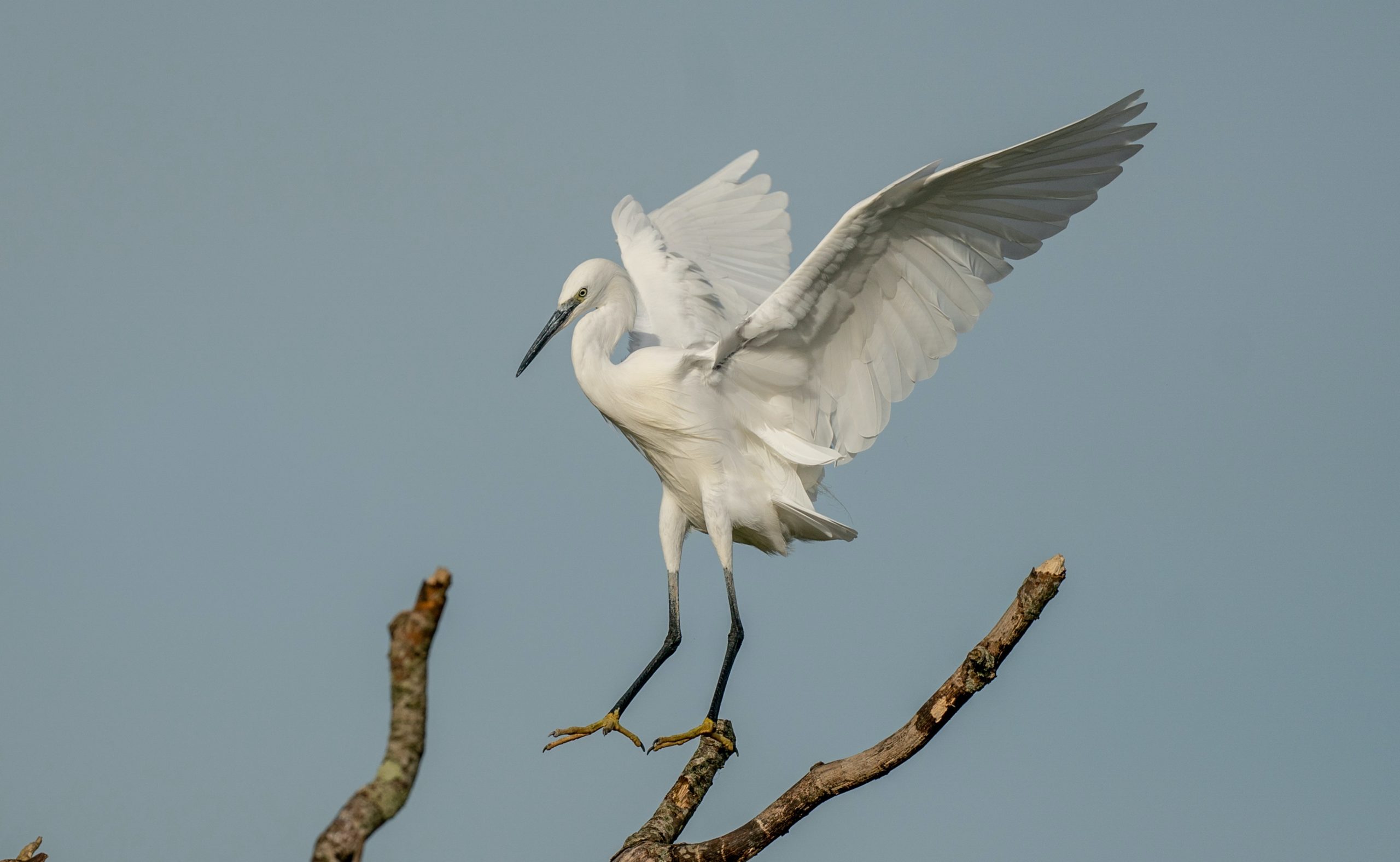It is important to question our own internal narratives, where they came from, who perpetuates them, how we can be certain of their validity, and what else might also be true. Stories such as “we’re doomed” or “we’re out of time” are often rooted in emotional reactivity and not evidence based. In my encounters with the “earth as hospice” crowd, for instance, I’ve had people tell me that they know all the following: they’ll die from a climate-related civil uprising, their new grandchild will reach thirty years of age max, their adopted pet kittens won’t get to live out their full lifetimes, and the entire global system will fall apart within five to ten years, taking most of the human population with it.
These claims can feel like the splattering of one’s fears onto others without much consideration for their potentially traumatic effect. Several scientists have spoken out fiercely against people who claim that near-term societal collapse is inevitable, while others have supported their claims. After dealing with the aftershocks of self-confident assertions about mass death and collapse, first with horrified interest and then with scrutiny, my measured response to each of them now is: How on Earth can you know what is going to happen, regardless of what actions are taken now and into the future? Such terrible outcomes are possible if we do nothing, but it will only get as bad—and as hot—as we let it. Besides, stories of doom completely skip over how we might constructively adapt to so much disturbance. In Emotional Resiliency in the Era of Climate Change, Leslie Davenport writes:
The unexamined stories we repeat to ourselves are almost always distorted. There may be elements of truth, but we amplify, minimize, add layers of self-judgment, and efficiently filter out relevant and often positive aspects of the situation.
If people don’t have any way of envisioning hope for the future, then they will have no motivation to act, and so stories that imply our efforts are futile become a self-fulfilling prophecy. This leads to narrative foreclosure. Psychologist Ernst Bohlmeijer and colleagues define narrative foreclosure as “the conviction that no new interpretations of one’s past nor new commitments and experiences in one’s future are possible that can substantially change one’s life-story.” No one wants to experience the soullessness of narrative foreclosure about their own life and the lives of everyone they love. And yet many people completely obsess about these frightening possibilities until they can see no way to avoid them. It’s easy to do, because these kinds of stories are sticky—their emotional power draws us in and glues our gaze to their logic of horror, allowing us to become fixed on one specific expectation of the future without entertaining other simultaneous truths.
If people don’t have any way of envisioning hope for the future, then they will have no motivation to act, and so stories that imply our efforts are futile become a self-fulfilling prophecy.
Such tunnel vision can have grave consequences for our well-being, which is a shame, because more nourishing combinations of stories—ones that don’t gloss over how existentially challenging our situation is but still allow room for possibility and positive emergence—are also available. We can find ways to contain these multiplicities using tools like binocular vision, which I’ll shortly describe. Such a shift in perspective can help us tolerate simultaneous opposing thoughts, and even be empowered by them. This is what it means to become capable of flexible thinking—an increasingly necessary lifeline for the decades ahead.

It is also wildly unjust to tightly subscribe to a vision of the future that sees our world as doomed to violent societal collapse and possibly even human extinction. This spreads the lie that we don’t have any agency in our situation, other than to reach out to touch someone and tell them we love them before it all goes to shit. Those of us who are alive right now have real power over how much future suffering and loss there will be, so we don’t get to give up like that—not on the wider natural world and plethora of still living species, not on young people, no on future people who aren’t yet born, and not on the billions of people already living in circumstances that resemble the collapse many of us are imagining. In the words of the humanitarian designer Vanay Gupta, “What you people call collapse means living in the same conditions as the people who grow your coffee.”
After being drawn for years to stories that focus on the worst outcomes, and suffering emotionally from it, I’ve learned that you need to approach these kinds of narratives with the right type of mental equipment. Becoming fixated on the worst outcomes can spur or strengthen depression, and outright rob you of joys you would otherwise be having. It can colour all aspects of your daily life, and sharply narrow your sense of what’s possible in the world. As humans, we are creatures who need to have fun, feel alive, embrace profound connection with nature and in our relationships, as well as tap into the mysteries of the universe. It can be extremely hard to still do all of that if you’re hanging out with a community that puts no stock in the future.
That’s partly why, if we’re not careful, the overwhelming nature of doomed environmental stories and dark eco-emotions can carry us away on a wave of fatalism, where we feel so hopeless that we close in on ourselves and the world. It’s a fast-track lane to losing our finest cognitive capacities, and we cannot afford to get stuck there; we have joys to experience in life and environmental justice to work for. To deal with this reality in a healthy way, we need to engage with it without getting crushed by it all. Crucially, we also need to feel that we can actively contribute to a collective mission of transforming the future into something better than what we currently anticipate. Our inner dimensions crave the knowledge that the actions available to us do matter.
Those of us alive right now have real power over how much future suffering and loss there will be…
I don’t know about you, but I have never been inspired to join a cause because I felt that everything was going well. And though the central importance of “negative” emotions in environmental communications has often been dismissed, research shows that outrage, sadness, and grief can lead to increased motivation and support of environmental campaigns. Avoiding naming the dark underbelly creates the illusion that everything is fine. And while many smart people are working to improve the planetary situation, which is plenty worth celebrating even as we continue to sound the alarm, everything is not fine. Black-and-white thinking about hope and fear wrongly suggests that they aren’t equally important in this quest, as well as every emotion between them.
As sociologist James Jasper writes in his article “The Emotions of Protest: Affective Reactive Emotions in and around Social Movements”:
Not only are emotions part of our response to events, but they also—in the form of deep affective attachments—shape the goals of our actions. There are positive emotions and negative ones, admirable and despicable ones, public and hidden ones. Without them, there might be no social action at all.
In this civilizational threat scenario, we must learn to use our emotions—the full spectrum of them—as tools.
We need to walk the fine line between the emotions that motivate us to join a movement and the emotions that nourish us as we stick with it for the long haul. They are often different. Fear might jolt you to get things done in a crisis scenario, but it can become a toxic stress if it lasts too long, causing you to tune out (hello pandemic fatigue). And if the story you’re being told no longer inspires you, why not turn away? An exclusive focus on what’s stressful has never been, and will never be, sustainable.
This excerpt is from Britt Wray’s book Generation Dread: Finding Purpose in an Age of Climate Crisis. It is reproduced here with permission.







